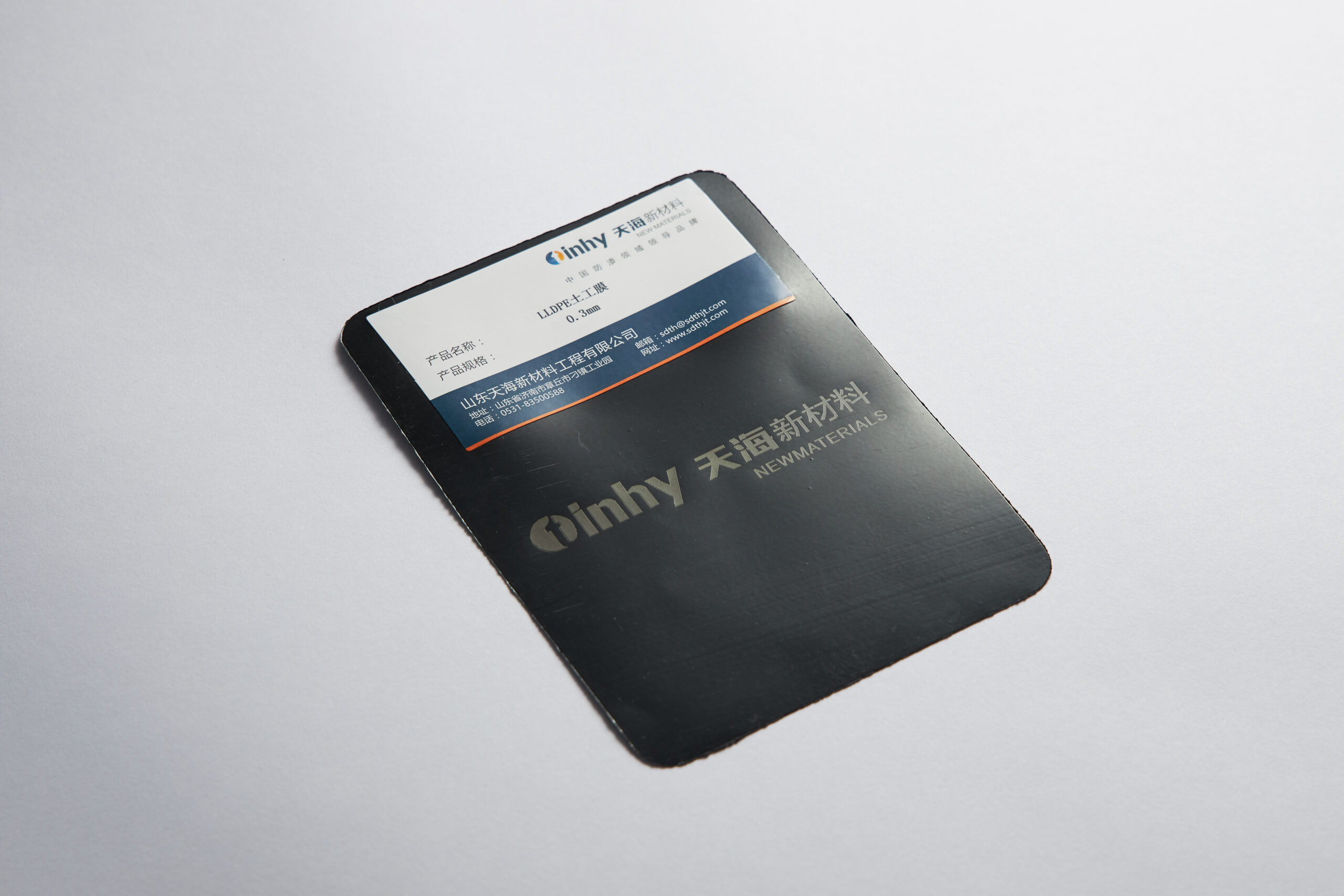The difference between hdpe geomembrane and eva geomembrane installation
HDPE geomembrane (High-Density Polyethylene Geomembrane) and EVA geomembrane (Ethylene Vinyl Acetate Geomembrane) have some differences in installation, the following are their main differences:
Material characteristics: HDPE geomembrane is made of high-density polyethylene, which has high strength and rigidity. Compared with EVA geomembrane, it is harder and less easy to bend. The EVA geomembrane is very soft, has a certain degree of ductility, and can adapt to irregular surfaces and shapes.
Welding method: In geomembrane installation, welding is a commonly used connection method to ensure the continuity and tightness of the geomembrane. HDPE geomembranes usually use hot-melt welding technology to join two pieces of membrane materials together by hot-melting. EVA geomembrane generally adopts solvent welding technology, and the membrane material is dissolved and connected together by an appropriate solvent.
Installation and fixation: Due to the high rigidity of HDPE geomembrane, more processing and welding operations are required to adapt to the specific structure during installation, and it is fixed on the ground or other structures by using fixers and other methods. The EVA geomembrane is easier to fold, curl, adjust and install due to its softness, and it can be fixed with appropriate fixing equipment.
Application range: HDPE geomembrane is mostly used in barrier, waterproof and anti-seepage projects, such as landfills, pools, reservoirs, etc. EVA geomembrane is suitable for projects that require high flexibility and adaptability, such as lake wetland restoration, river embankment protection, drainage systems, etc.
It should be noted that the specific installation methods and steps may vary according to engineering needs and specific project requirements. During the actual installation process, it is recommended to refer to the relevant installation guidelines and specifications to ensure the correct installation, firmness and compliance with engineering requirements of the geomembrane.

hdpe geomembrane quality inspection
The quality inspection of HDPE geomembrane is an important link to ensure that the product meets the requirements of standards and specifications. The following are some common HDPE geomembrane quality inspection methods:
Thickness measurement: Use a dedicated thickness measuring instrument to determine the thickness of the geomembrane. This can be done by direct measurement or using non-contact measuring equipment.
Strength Test: Tests such as tensile strength and tear strength are performed to evaluate the mechanical strength of the geomembrane. These tests can be done with tensile tests and tear tests.
Barrier performance test: Permeation test is performed to evaluate the barrier ability of geomembrane to liquid, gas or chemical substances. This can be done using different permeability testing methods such as a permeability tester or other related equipment.
UV resistance test: To evaluate the durability of geomembranes under ultraviolet radiation. This can be done by exposure testing or using specialized UV radiation equipment.
Heat Seal Strength Test: Evaluate the strength and sealing performance of geomembranes at heat seal joints. This can be done by heat seal test to measure the heat seal strength of geomembrane.
Chemical Stability Test: Evaluate the stability and chemical erosion resistance of geomembranes in different chemical media. This can be done using a soak test or other relevant test method.
In addition, according to specific project needs and standard requirements, other specific quality tests may be required, such as corona strength test, penetration resistance test, anti-aging performance test, etc. It is recommended to clarify the quality testing requirements with the supplier when purchasing HDPE geomembrane, and ensure that the product has undergone qualified quality control and certification.

About Us
Established in 2002, Tinhy’s teams are focusing on manufacturings, marketing, installations, applications, and R&D of geosynthetics.
We now have 300+ experienced staff and operate 25+ advanced production lines and provided services to customers from 30+ countries.
Contact Us
[wpforms id=”40″]
Author
-

Founded in 2002, Tinhy's team focuses on the manufacturing, marketing, installation, application and research and development of geosynthetic materials.
View all posts



